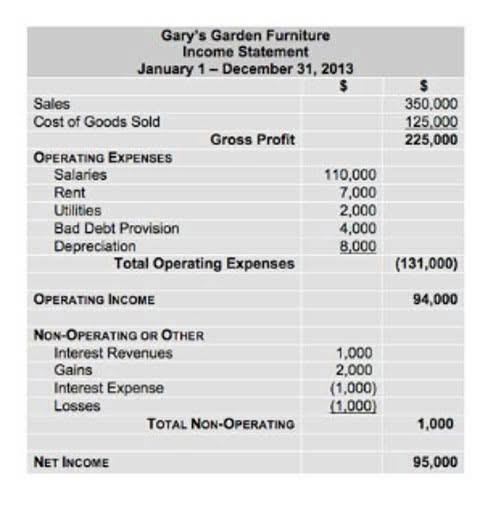
It’s easier to show rather than tell, so let’s pretend you run a bakery. We’ll start with beginning and finishing WIP inventory since it’s unclear what those terms mean at first glance. The cost of goods manufactured formula is often confused with the cost of goods sold formula, Coffee Shop Accounting but these two formulas differ. Deskera People is a simple tool for taking control of your human resource management functions.

Cost of goods manufactured vs cost of goods sold
- If you don’t know how much COGM you have, you won’t be able to make informed decisions about pricing or product development.
- John Manufacturing Company, a manufacturer of soda bottles, had the following inventory balances at the beginning and end of 2018.
- Generally, calculating the COGM yields information that will be useful to your business.
- Knowing the difference between COGM and COGS helps you manage inventory better and plan for future production needs.
- It also helps to understand how they relate to the success of your company.
- This includes the wages, salaries, and benefits of those employees who work directly on the production line or in the workshop.
Synder puts you in QuickBooks charge by letting you customize rules for recording different types of transactions and deciding how and when your data syncs. Synder’s product mapping feature matches and tracks items seamlessly, even if you have different product names across platforms, you can still track them as one product. Synder matches products by name or SKU, updates quantities, and adjusts COGS accounts. Synder creates them and assigns them to the right account—no duplicates, no headaches. It shows where your money’s going, helps you price smarter, and points out where you can cut back.

Cost of Goods Manufactured Formula
- Accurate COGS calculation is crucial for determining profitability, managing inventory, and making informed business decisions.
- Think of COGM as the “behind the scenes” production costs, while COGS makes its appearance on stage in the financial performance.
- It represents the total expense incurred during the production process within a specific period and enables you to assess the true cost of bringing products to market.
- Additionally, implementing the necessary changes will boost the business’s net profits.
- For now, though, keep in mind that WIP inventory refers to products that have yet to complete the production cycle and are not ready to be sold to customers.
- In contrast to merchants, manufacturers have special inventory categories including work-in-process (WIP), raw materials, and finished goods.
- COGM is the total cost of producing goods during a specific time period.
With this formula, we will include the beginning and ending raw material inventory values for a more accurate cost picture. COGM, or Cost of Goods Manufactured, is like the backbone of manufacturing. For instance, when deciding whether to keep making a product or ditch it, COGM cost of goods manufactured gives the real picture.
Everything to Run Your Business
Due to the nature of its business, a retail establishment does not incur any manufacturing costs because it deals exclusively in the sales of products made by others. It means it entirely comprises the fee of goods sold off the products it resells. The easiest way to see how manufacturing costs change over time is to break them down into their components and plot them on a graph. An accountant can break down a company’s production expenses for a given product mix and volume into their parts in this way. The Cost of Goods Manufactured (COGM) is the total cost incurred by a company to produce goods during a specific period.

The other half of the COGM formula accounts for the work in process or WIP Inventory. WIP is a current asset in the company’s balance sheet and represents the total value of all materials, labor, and overhead of unfinished products. A greater COGS reduces gross profit, resulting in a reduced profit margin. A lower COGS, on the other hand, boosts gross profit and improves margins.

- Synder matches products by name or SKU, updates quantities, and adjusts COGS accounts.
- Because the closing carrying balance is used as the starting balance for the following period, it belongs to the previous accounting period.
- Total manufacturing cost (TMC) is the total cost of all the materials and labor that go into making products for sale.
- Manufacturing overheads represent indirect costs that are necessary to support production, but they can be tricky to track.
- This is where cost of goods manufactured can help you figure out where to cut corners.
- Deskera CRM is a strong solution that manages your sales and assists you in closing agreements quickly.
- The COGM schedule is a part of the financial statement of a business that shows the total cost incurred by a company to manufacture goods during a specific period, typically a month or a year.
COGM refers to the costs of goods produced, while COGS refers to the costs of goods that have actually been sold. Automation can take over the boring, repetitive tasks that folks usually mess up. Robots don’t need breaks or complain about overtime, so they can save you big bucks. Plus, using software to track inventory means you won’t overbuy or run out of stuff you need. The leftover $20,000 worth of tables is still sitting in your inventory, waiting to be sold. You are required to calculate the cost of goods manufactured and also per unit cost.